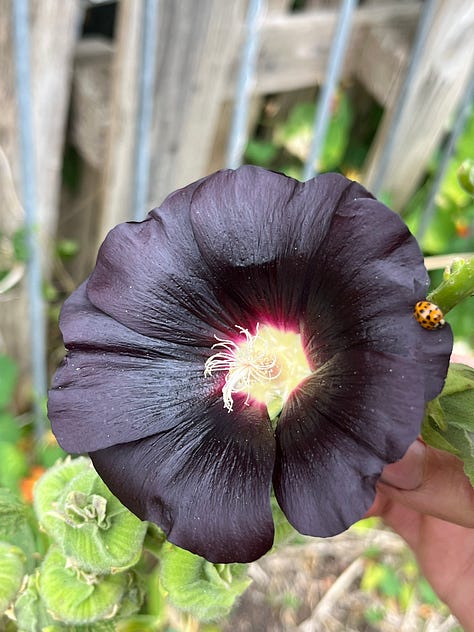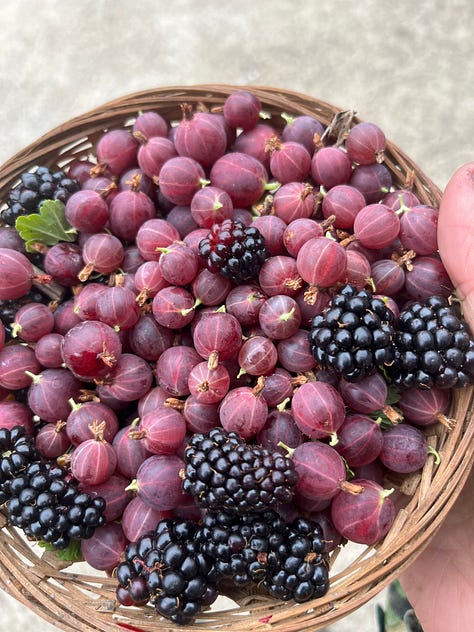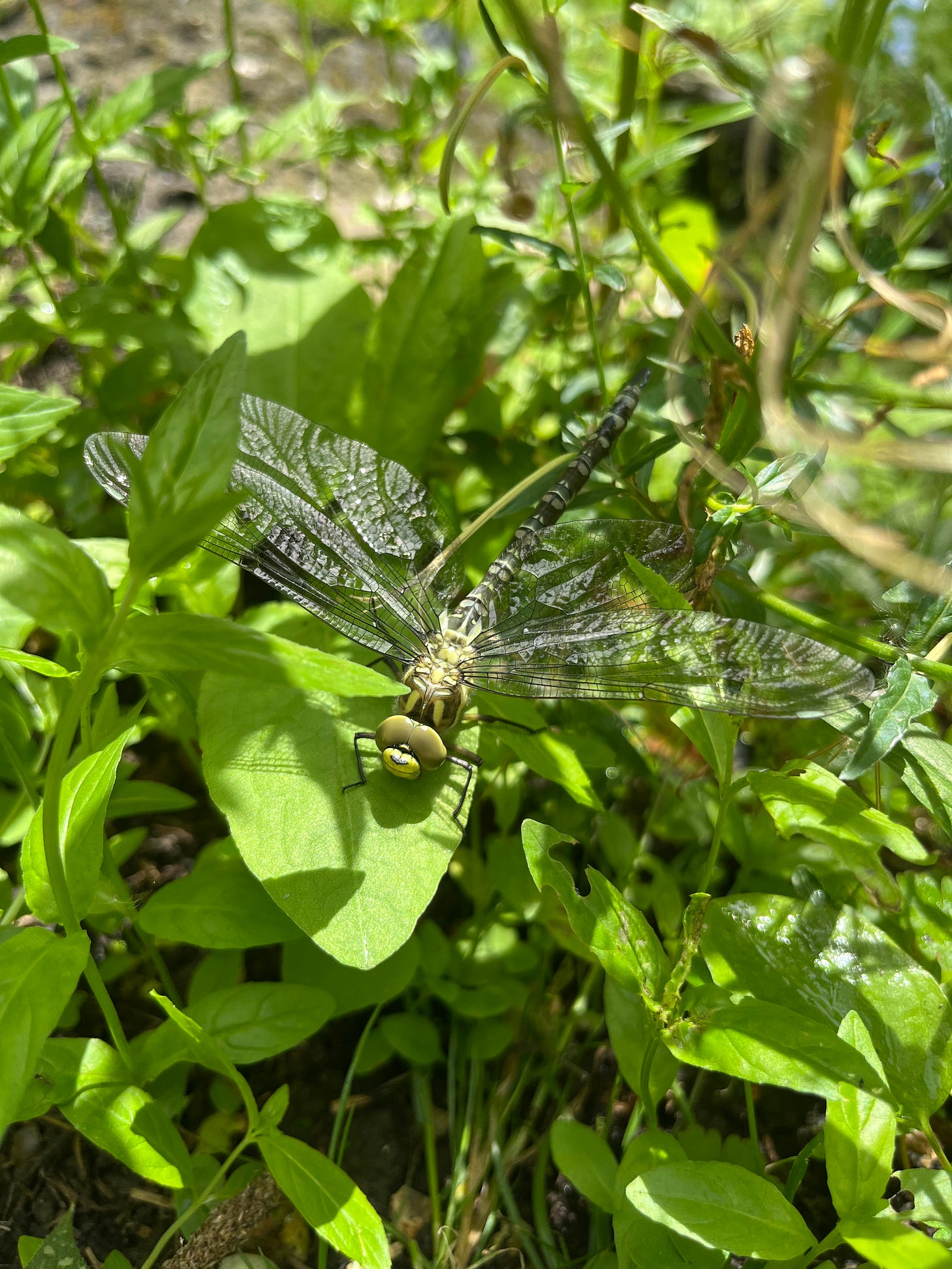A gardeners ramble and the heat wave
It’s baking hot! I feel like a fried egg sizzling away in the pan - I’ve even had to take a few afternoons off from the heat.
I’ve been working hard over the past few weeks, cutting hedges, trimming topiary, dead-heading roses and a lot of watering! The lawns have been suffering and very conveniently, I don’t have to mow so often as they are so dried out.
Have you ever noticed that each year, there are species which thrive in the garden and others which don’t? For example, this year agapanthus are having a real moment.
Agapanthus plants which I have nurtured for years in gardens and have never flowered are finally putting out four or five spears of flowers!
When I recently visited Italy, I observed that they were thriving too, so I believe they love this hot dry weather.
Did you know that agapanthus flower best when their root development is restricted? They also are extremely drought tolerant so are a great container choice for the garden. I must admit, I don’t like the purple and only favour the white - a favourite below!
I have also noticed it’s a great year for the Achilleas - the perfect herbaceous perennial for a sunny well drained-border. Have you noticed any plants thriving this year? Do let me know as I love to hear from you…
A few plant highlights
Below is an image of my client sunny border which is really thriving.
The stunning Clematis viticella has never flowered so well and the astrantia, delphinium, rudbeckia, achillea, cosmos, roses and day lilies make quite a perfect scene!

This pink Hydrangea arborescens ‘Annabelle’ looks gorgeous tangled in with a purple agapanthus and Rosa ‘Ballerina’ <3
Some special plants spotted in gardens: Calendula officinalis ‘Sunset Buff’, Hydrangea macrophylla ‘Romance’, Leuchantemum, Sanguisorba ‘Lilac Squirrel’, Alcea Rosea ‘Black Night’ and Lilium!






Allotment
My allotment is looking a little tired, the hot beating sun has been hard on the plot and the rhubarb appears the most upset.
I’ve had a good harvest of gooseberries which I had netted from naughty wood pigeons. At the moment, I’m regularly picking plump jewel-like blackberries and collecting the last of my summer raspberries!
Last week, my partner baked a banana, blackberry and chocolate loaf with the first of the blackberries and it was delicious!
My first yellow courgette is growing slowly and I’m unbelievably excited.
The best news is my tomatoes - my partner and I planted them on a hot day, and they suffered considerably. I didn’t give up, consistently watering and staking and now they look very well indeed. I never give up on nature - all plants are forgiving and durable (to a certain extent) and the tomatoes were the perfect example.
My mizuna lettuce is beginning to come through and my sweet peas are still putting out flowers although they suffered a little die back.



Nature’s highlight of the week
I have a client who had a pond installed in the garden a few years back. It’s filled with life and whilst I was working, a teneral (young dragon fly) appeared.
I love nature so much and there are special moments that I’m able to witness, making me feel quite in awe of what the natural world is capable of!
Dragon fly life cycle step by step:
It lives as a nymph (larva) underwater for months or even years, breathing through gills and hunting aquatic prey.
When it’s ready to transform, the nymph crawls out of the water onto a plant stem, reed, or rock - known as emergence.
Once in a safe spot, in my case, in the weeds growing by the pond, it splits its larval skin and the adult dragonfly climbs out. This fresh adult is called a teneral - soft, pale and very vulnerable.
Its wings are small and crumpled and the dragonfly pumps fluid into the veins of its wings to expand them.
It remains still for a few hours, letting the wings dry, stiffen, and harden in the sun and air. The body also darkens as the exoskeleton finishes hardening.
Did you know that dragonflies are among the best predators in the insect world?
My gardening colleague taught me that they have a 95% success rate when hunting, higher than most predators, even lions. They catch their prey mid-air, can change direction instantly, reach speeds of up to 30 mph, and have 360 degree eyes!








